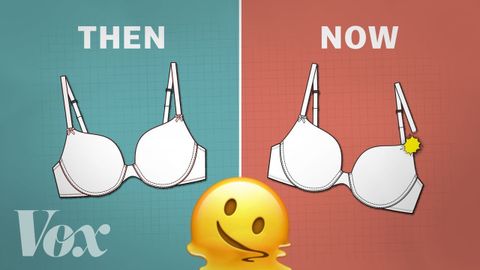明明以前的東西很耐用,到底是什麼原因讓現在的商品商品品質越來越糟?(Why everything you buy is worse now)
Nina Kuo 發佈於 2023 年 03 月 07 日  沒有此條件下的單字
沒有此條件下的單字US /ɪnˈkrɛdəbəl/
・
UK /ɪnˈkredəbl/
- adj.難以置信;偉大的;令人難以置信的;難以置信的
US /ˈprɑsˌɛs, ˈproˌsɛs/
・
UK /prə'ses/
- v.t.用電腦處理(資料);(依照規定程序)處理;處理;流程;加工;理解
- n. (c./u.)(規定的)程序;過程;進程;方法;法律程序;進程
US /dɪˈprɛʃən/
・
UK /dɪ'preʃn/
- n. (c./u.)憂鬱;蕭條;憂鬱症;經濟蕭條;低氣壓;窪地
